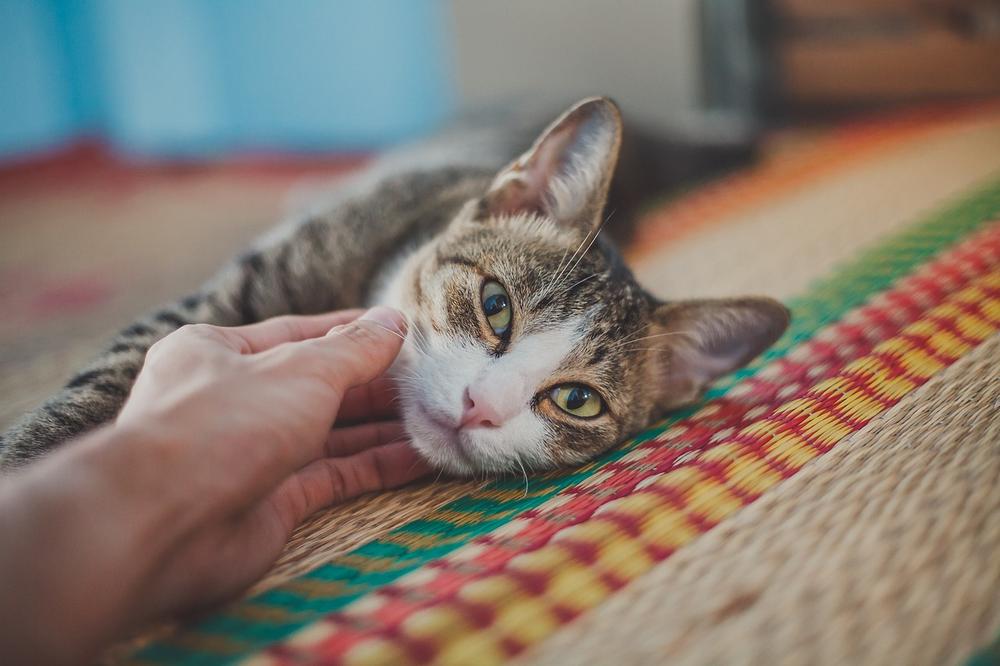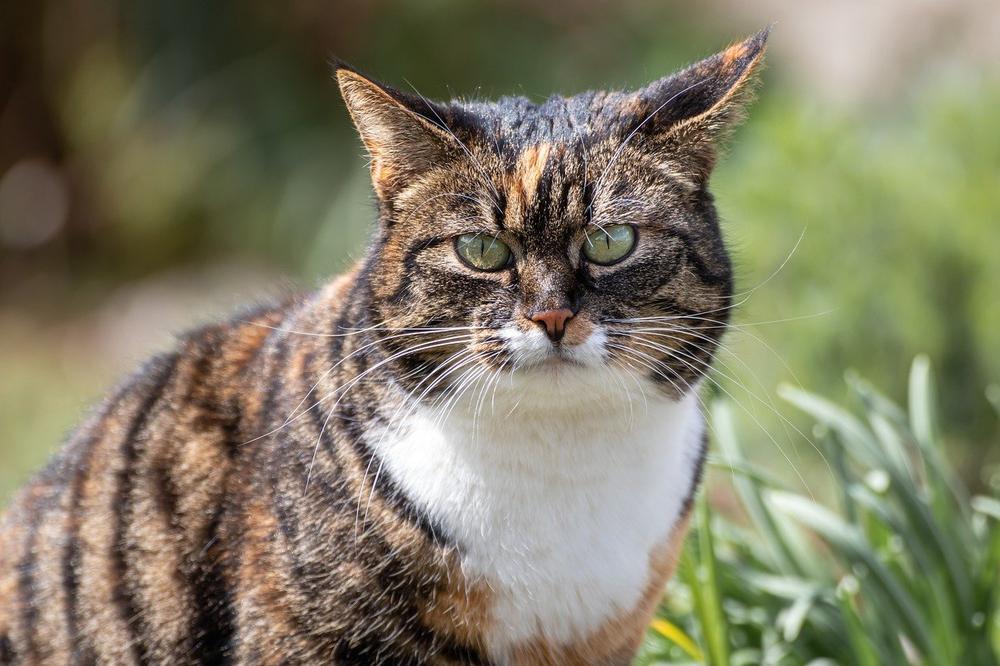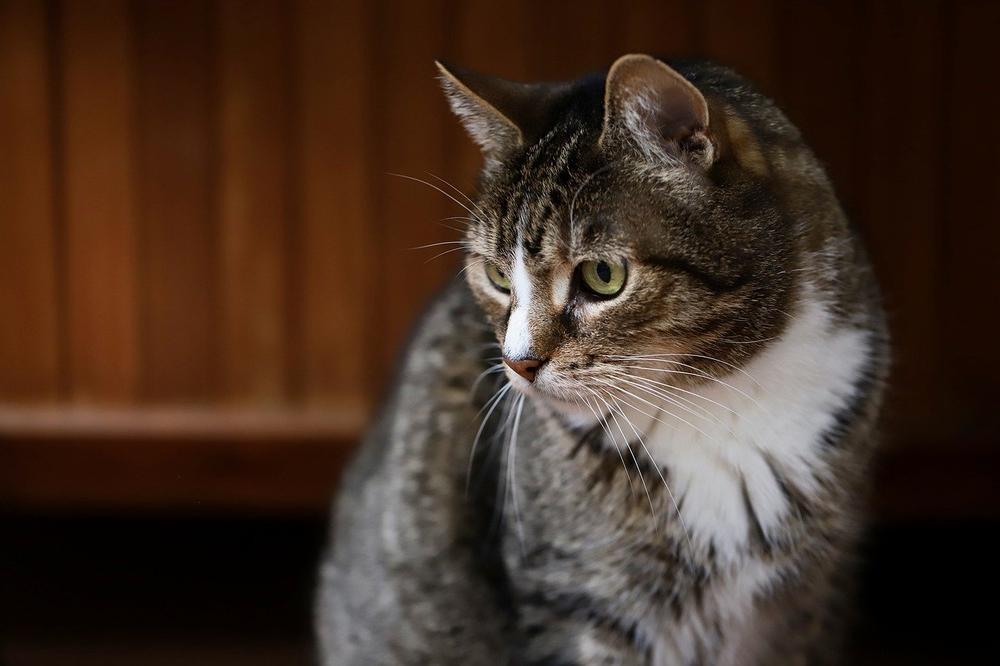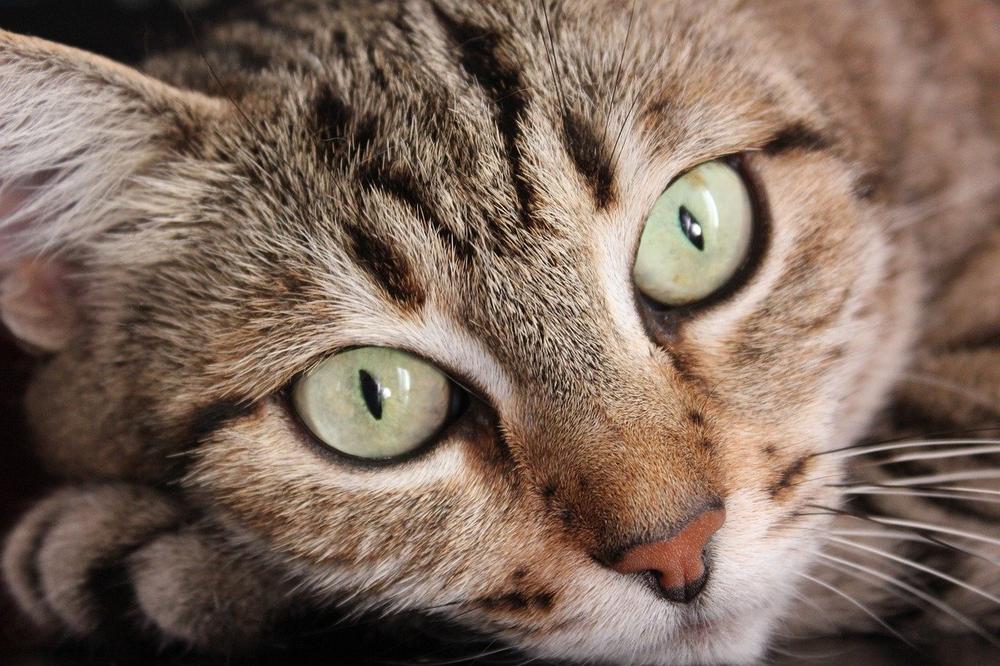Do Cats Whiskers Grow Back if They Are Burned? (Answered!)

Imagine this:
Your beloved feline friend undergoes a terrible accident. 😱
You're left worried sick, with a gnawing concern in your heart about their wellbeing.
What if their precious whiskers, those delicate extensions that define their majestic presence, are forever damaged?
The mere thought is enough to make any cat lover cringe.
But fear not, dear reader...
Keep reading, and let me put your mind at ease.
How Long Does It Take for Cats’ Whiskers to Grow Back
When cat whiskers are growing, there are a few things you should think about.
- What they eat: If cats have a good diet, it helps their whiskers grow strong.
- Different breeds: Whisker speed can vary between breeds. Some cats naturally grow them faster than others.
- Health troubles: If your cat has health problems, it can slow down whisker regrowth. Talk to a vet about these issues.
- Around 3mm a month: On average, cat whiskers grow back at about 3mm every month.
- Six weeks to three months: After losing or damaging their whiskers, it usually takes six weeks to three months for cats to fully grow them back.
- Follicles hurt: If the skin's follicles are damaged, then whiskers won't regrow. It's important to keep whiskers safe from burns and injuries.
- Kitten vs adult cat: Curiously, kittens bounce back quicker from whisker damage than adult cats. Older cats may take longer to grow back their whiskers.
- Speak with a vet: If your cat's whiskers don't come back within a couple of months or if there seems to be no growth, you should ask a vet for advice. This could mean there's an underlying health issue.
- Healthy cats: Normally, healthy cats with balanced diets will shed and regrow whiskers as expected.
Don't forget these points when curious about how long it takes for cats' whiskers to regrow. 😺
Main points I'll expand upon further down this article:
- Providing a nutritious diet can aid in faster whisker healing.
- Superficial burns heal in 3-4 days with little care needed.
- Second-degree burns require vet attention and may take weeks to heal.
- Third-degree burns take around 3-4 months to heal and often require surgery.
- Cold water or a cold compress can alleviate pain from burns.
- Aloe vera is recommended for soothing and healing burn areas.
- Do not apply ointments without veterinarian guidance.
- Burns on the skin should be examined by a vet.
- Flush burn area with cool water and apply aloe vera gel as immediate treatment.
- Whisker burns can impair a cat's sensory balance, coordination, and appearance.
Curiously, the healing time for cat whiskers depends on the severity of the burns.
Now, you might be wondering...

How long does it take for superficial burns to heal compared to second-degree burns?
And what about third-degree burns?
Let's explore these burn grades and their respective recovery timelines in detail...
How Long Do Cats Burns Take to Heal
Superficial burns on cats typically heal in a jiffy -- within 3 to 4 days -- and require little attention from you.
That's the good news.
But there's one thing you can do to speed up the healing process:
Feed your kitty a nutritious diet. A healthy, balanced diet is like a secret weapon for whisker growth.
Now, let's talk about second-degree burns...
If your feline friend suffers from one of these burns, trot to the vet immediately. These burns aren't just superficial; they go deeper into the skin. It may take a couple of weeks for them to heal properly.

Now, hold onto something because we're jumpin' to third-degree burns.
These are the burners that can stick around for quite some time -- often somewhere in the range of 3 to 4 months!
Talk about patience. If your cat has a third-degree burn, it may need more than TLC.
Surgery, electrolyte replacement, fluid intervention, you name it.
In worrisome cases, pain medication, antibiotics, and IV fluids could be needed for your whiskered buddy's recovery.
So make sure to keep an eye out for any signs of burns and get help swiftly if things seem serious!
And now, let's discuss some immediate treatments you can try to alleviate the pain and promote healing of your cat's burned whiskers!
What Can I Put on My Cat’s Burn
If you or your cat suffer from burns, there's a simple solution: cold water.
Submerging the burnt area in chilly water or using a cool compress can relieve that painful sting.
And guess what?
It works not just for regular burns but also for those unfortunate moments when your feline friend singes her precious whiskers.
When it comes to soothing and healing properties, Aloe Vera is a true stunner.
But hold your horses!
Before applying any ointments, like Aloe Vera gel, make sure you consult a veterinarian. They know best.
Skin burns need professional attention too. So play it safe and let a vet examine them.
The Consequences of Burning a Cat's Whiskers
Don't mess with a cat's whiskers.
Here are 10 things you gotta know:
- Messed up whiskers mess up their balance and coordination.
- Whiskers are like their GPS, helping them figure out what's going on around them.
- Burned whiskers can seriously mess up their cute little faces.
- If your cat roams outside, recovering from burned whiskers is gonna be tougher than for indoor kitties.
- Persian cats' fancy looks can get messed up by the consequences of burned whiskers.
- When cats are sick or stressed, those whiskers might not grow back at all.
- Those burnt whiskers hurt, especially close to their precious little faces.
- Whiskers act like their fingers, feeling everything around them and helping them find their way.
- Torched whiskers mess with their sniffer, so they won't be able to smell as well.
- Where their whiskers stand says a lot about what they're feeling and thinking.
So do yourself a favor and keep an eye out for your feline friend's whiskers.
Don't do anything that could put 'em in harm's way.

So, as you've just learned, cat whiskers play a crucial role in their overall well-being and functioning.
Understanding the importance of these adorable sensory tools, I highly recommend taking a moment to explore my article on the captivating topic of cats living without whiskers.
Discover the fascinating insights and answers you seek in my blog post titled Cat Without Whiskers.
Satiate your curiosity, address any concerns, and find hope in a world where feline wonders await.
How Will Burnt Whiskers Impact Your Cat’s Behaviour?
Burnt whiskers can have serious implications for your cat's behavior and well-being. 😿

Here are some key points to consider:
- Disorientation and confusion: Damaged whiskers can throw off a cat's sense of balance and spatial awareness, making it difficult for them to navigate their surroundings with confidence.
- Reduced ability to assess spaces: Whiskers serve as a cat's measuring tool, helping them determine if they can fit through narrow openings. Burnt whiskers may compromise their ability to make accurate assessments.
- Impact on cleanliness: Whiskers also play a vital role in keeping a cat's eyes clean. If damaged, cats may struggle to keep their eyes free from dirt, leading to potential irritations or infections.
- Increased anxiety: The loss of whiskers can cause heightened anxiety in cats, as these important sensory organs help them gauge their environment and feel secure.
- Changes in eating habits: Cats with burnt whiskers may experience elevated stress levels, resulting in increased appetite or changes in eating patterns.
- Decreased awareness: Without intact whiskers, cats may exhibit decreased awareness of their surroundings, potentially leading to accidental bumps or falls.
- Multi-cat household challenges: In homes with multiple cats, damaged whiskers can contribute to conflicts and heightened vocalization between feline residents.
To ensure your cat's well-being, closely observe any changes in behavior and provide the necessary care and attention they require.
If you're curious as to why your cat's whiskers are short, I invite you to explore Why Are My Cats Whiskers So Short, where you'll find useful information and insights on this topic. Remember, it's always important to understand the reasons behind any changes in your cat's whiskers. Happy reading!
And now that you understand how burnt whiskers can impact your cat's behavior, let's discuss some important steps to minimize the risks and ensure their well-being.
How to Stop Your Cat From Burning Its Whiskers?
Do not cut or trim your cat's whiskers
Listen up, because this is really important.
Never, ever think about cutting or trimming your cat’s whiskers.
I can’t stress this enough.
You might believe that those whiskers are just like any other hair on your cat's face, but you’re gravely mistaken.
Whiskers are actually incredibly important for cats because they help them understand their surroundings. Yes, even when your living room feels pitch black at three in the morning.
You see, whiskers are super sensitive and filled with nerve endings.
They give essential information to cats about their environment, helping them feel changes in air currents and move through narrow spaces.

So why on earth would anyone want to cut off something so crucial?
Avoid bringing cats into potentially dangerous situations
Now, let’s have a chat about where you take your beloved furry friends.
If your plan includes taking your cat to places like Petsmart or other pet stores, make sure you know their rules and regulations before stepping foot inside. You definitely don't want any accidents happening to your cat’s oh-so-important whiskers!
Petsmart, for instance, might have certain areas of the store that could pose a risk to cats with long whiskers. It’s vital to be aware of these potential dangers and avoid them whenever possible.
Prevention is key here, my friend.
Safety first: prioritize minimizing risks for your cat
At the end of the day, what truly matters is keeping your feline companion safe and happy.
That means putting their well-being above everything else, especially when it comes to those precious whiskers.
Even if something terrible occurs and your cat's whiskers get burned or damaged (ouch!), do not be tempted to trim or cut them.
Trust me, your cat needs those whiskers much more than you may realize.
Always make minimizing risks for cats your top priority.
So keep those whiskers intact and show your furry friend some love.
And that wraps up today's article.
You've reached the end of my blog post, so I have a question for you: Did you enjoy it? I've put in so much effort into crafting comprehensive and helpful blog posts that sometimes it takes me quite a bit of time (which I actually love!). That's why I would be incredibly grateful if you could click on any of the social sharing icons to spread the word about this post. Thanks a million!
Talk soon,
-Sarah Davis